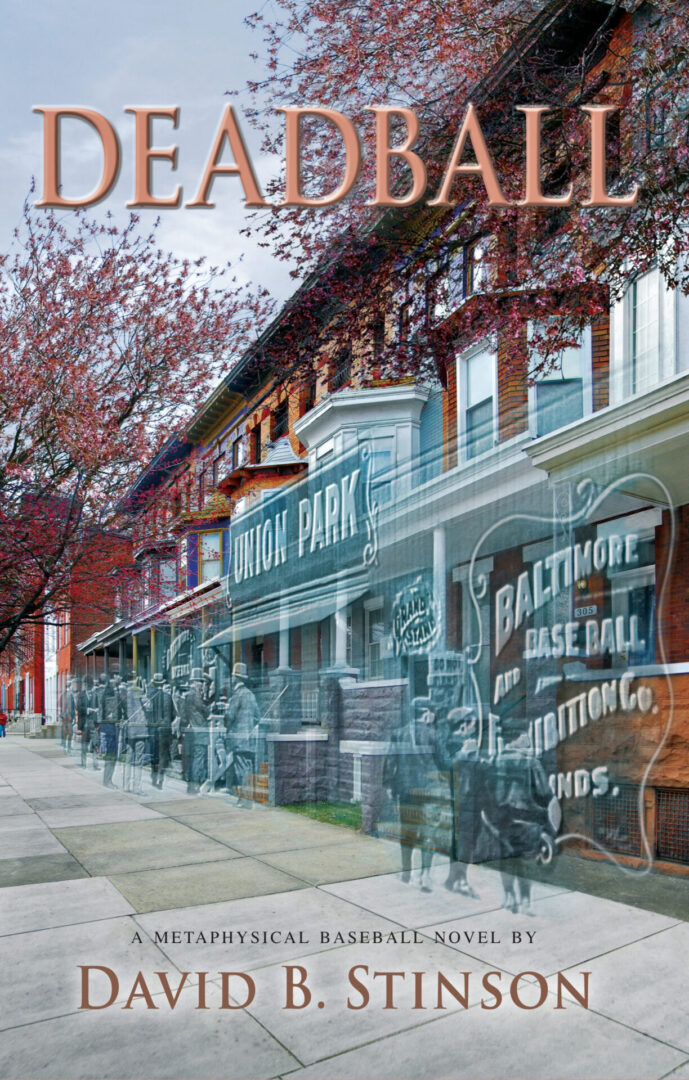Baseball has been played at 1701 Myrtle Avenue in Jacksonville, Florida, since 1912. Currently known as J.P. Small Memorial Park, the ball field has been the site of major league spring training, minor league games, Negro League games, and countless high school and college contests, as well as high school and college football.
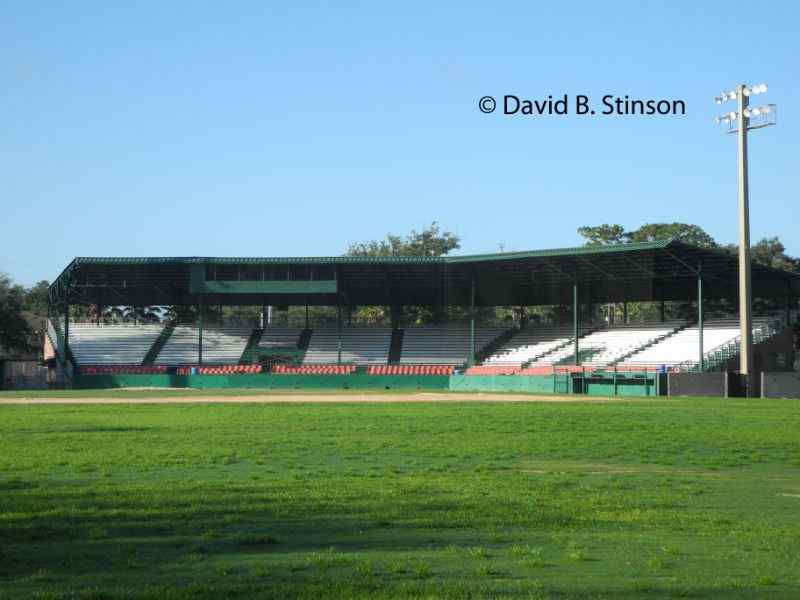
From 1912 until 1926 it was known as Barrs Field, named in honor of local businessman Amander Barrs who spearheaded construction of the field. The first professional game played on that field was held on April 18, 1912, with the Jacksonville Tarpons defeating the Savannah Indians 4-1. To put that in perspective, the RMS Titanic sank just three days earlier on April 14-15 1912, and the Boston Redsox played their first professional game at Fenway Park just five days later, defeating the New York Highlanders 7-6 on April 20, 1912.
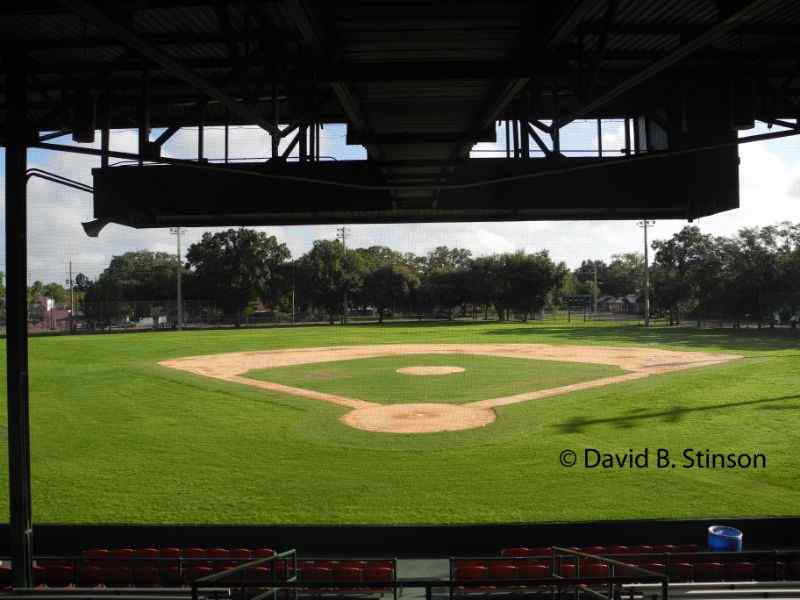
In 1915 and 1916 it was the spring training home for Connie Mack’s Philadelphia Athletics. The Pittsburgh Pirates trained at Barrs Field in 1918 and the Brooklyn Dodgers trained there in 1919, 1920, and 1922.
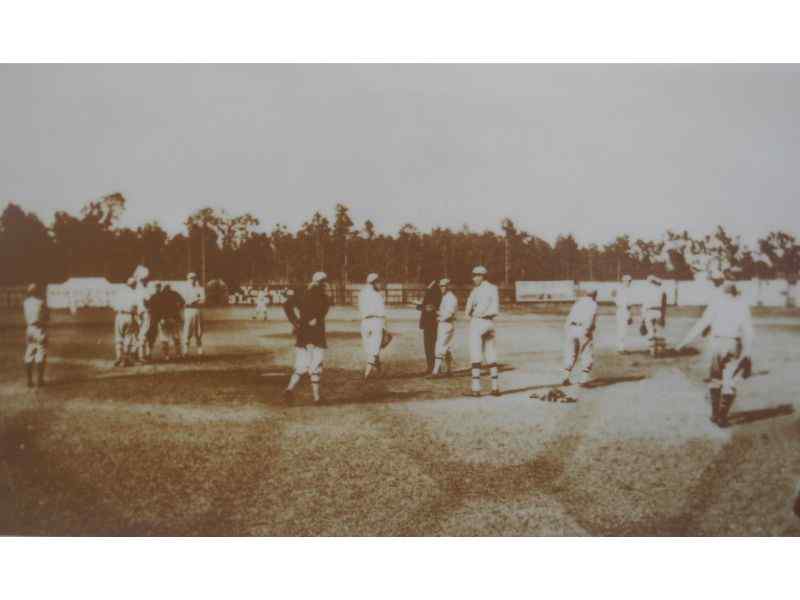
In 1926 the field came under the ownership of the City of Jacksonville and the name of the ballpark was changed to Joseph H. Durkee Athletic Field.The original grandstand was constructed of wood, which was destroyed by a fire in 1934.
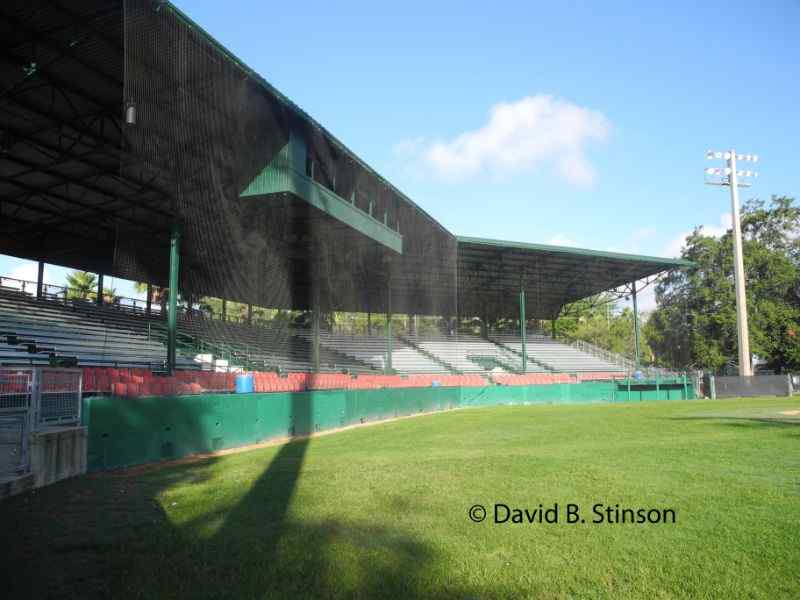
The current grandstand was constructed in 1935. An exhibition celebrating the remodeled stadium was played in March 1935 between the Philadelphia Athletics and the New York Giants.
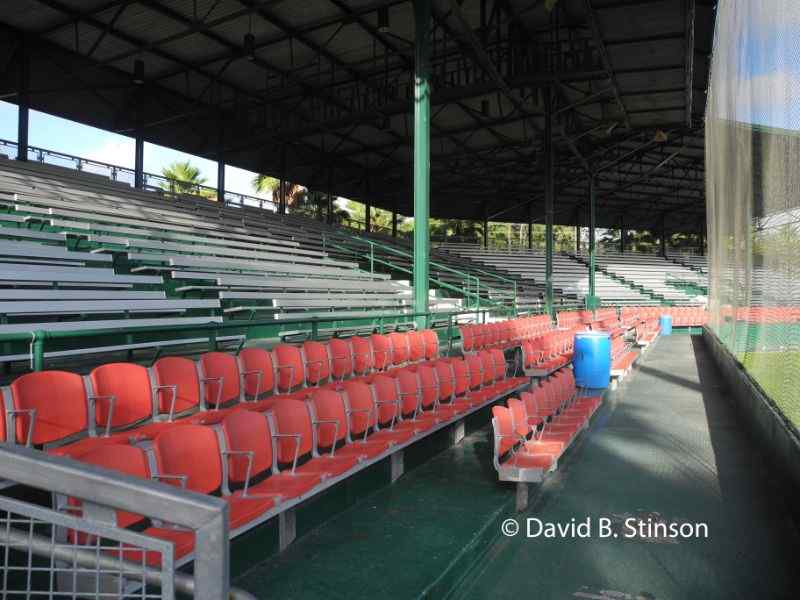
In 1937 the city added an additional section to the grandstand along the third base side.
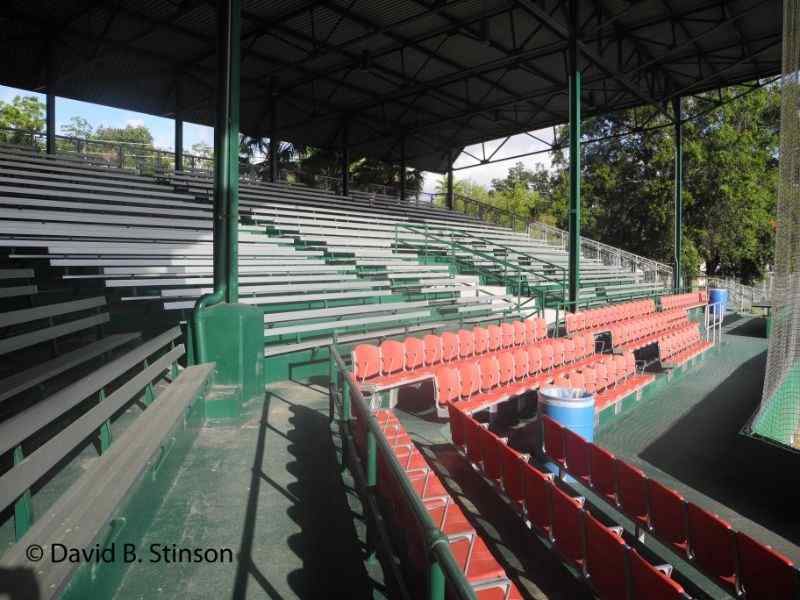
The minor league Jacksonville Tarpons played at Barrs Field, from the ballpark’s inaugural game in April 1912, through the 1917 season. The Jacksonville Scouts (later called the Indians) of the Florida State League played at Barrs Field in the early 1920s. Football also was played at Barrs Field, which for a time hosted University of Florida football games, including the very first game ever between the University of Florida and the University of Georgia, on November 6, 1915.
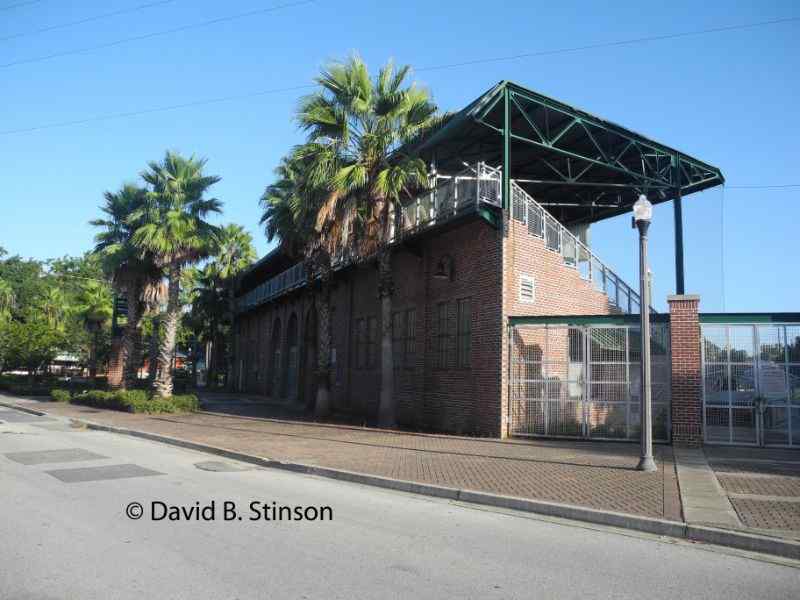
In 1926 the Southern League Jacksonville Tars began play at newly renamed Durkee Field with future Hall of Famer Rube Marquard as their manager. The 1927 New York Yankees, featuring rs Babe Ruth and Lou Gehrig also played at Durkee Field. On April 1st of that year the Yankees played a spring exhibition game against the St. Louis Cardinals, in which Ruth hit a ball into the overflow crowd in right field, for a ground rule double.
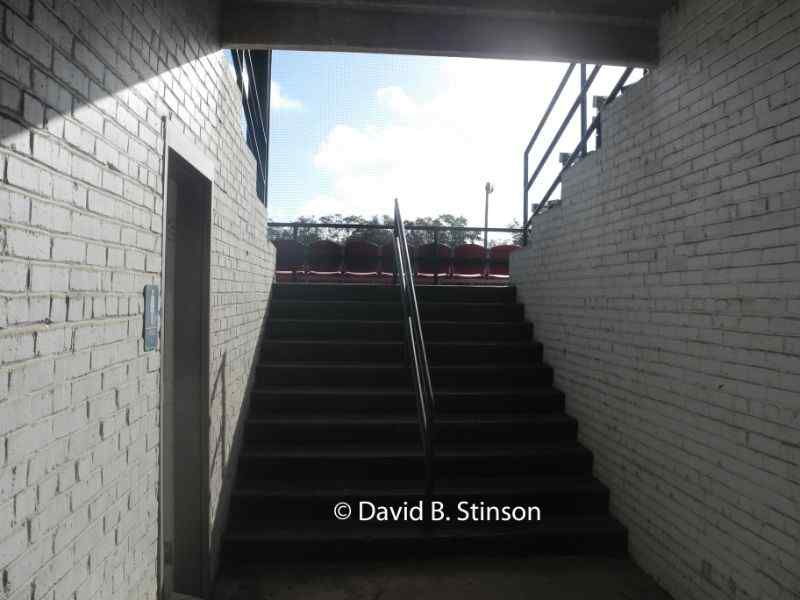
The Southern Negro League Jacksonville Red Caps (owned by the Jacksonville Terminal Station, hence the name) also played their home games at Barr Field, later Durkee Field. In 1938 the Red Caps attained major league status joining Negro American League and played at Durkee Field for one season before relocating to Cleveland. The Red Caps returned to Jacksonville for the 1941 and 1942 seasons.
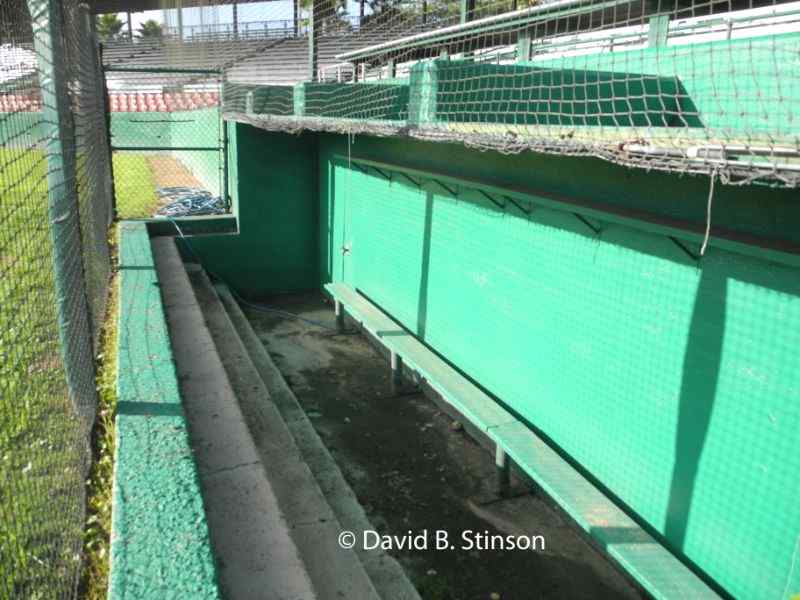
In 1938 the Jacksonville Tars were a farm team for the New York Giants. On March 22, 1946, a spring training contest between the Montreal Royals and the Jersey City Giants was scheduled to be played at Durkee Field. Jackie Robinson, who had played for the Royals at Daytona Beach just five days earlier on March 17, 1946, and in doing so had made minor league baseball history, was scheduled to play for Montreal in Jacksonville. However, the Jacksonville Recreation Commission cancelled the game because it would have violated rules of Jacksonville Playground and Recreation Board.
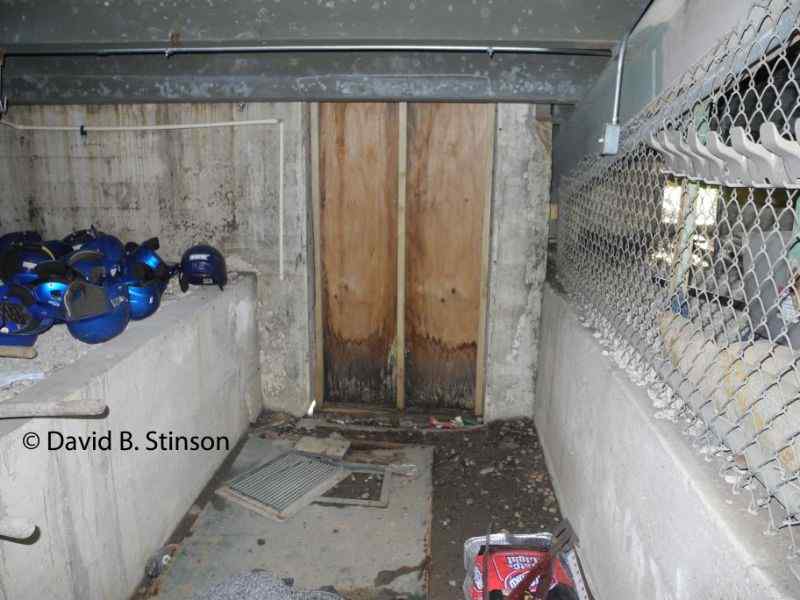
In 1952 the Jacksonville Tars became a farm team for the Milwaukee Braves, changing their name to the Jacksonville Braves. In 1953 the Braves added Hank Aaron to their roster, becoming one of two teams to break the color line in the South Atlantic League.
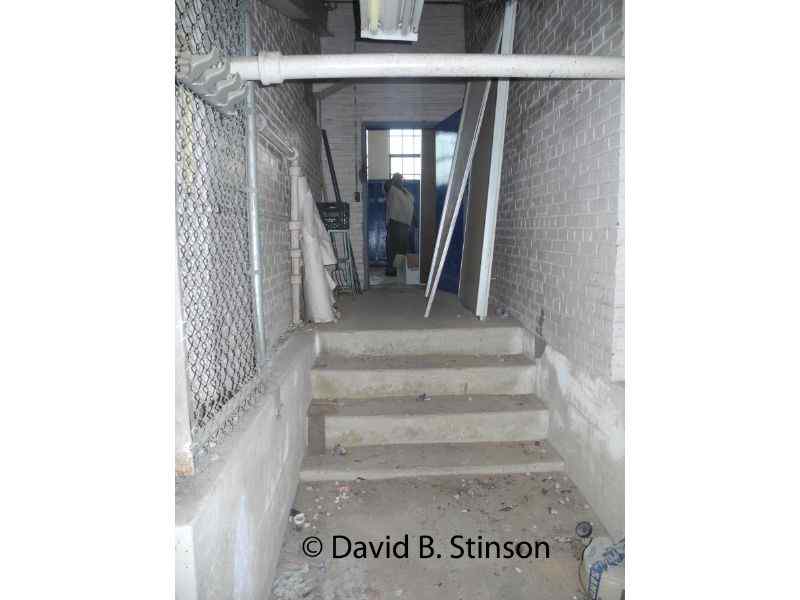
The last year of professional play at Durkee Field was 1954. In 1955, the Jacksonville Braves moved to a newly constructed ballpark later renamed in honor of their owner Samuel Wolfson. Jacksonville’s minor league team played at Wolfson Park through the 2002 season. In 2003 they moved to the Baseball Grounds of Jacksonville, constructed on the former site of Wolfson Park.
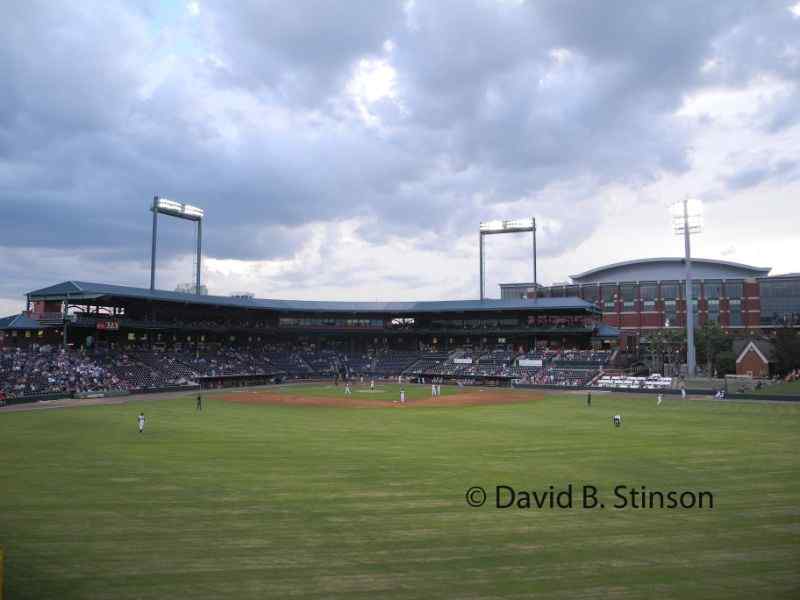
In 1980 the City of Jacksonville renovated the ballpark and renamed it in honor of James P. Small, a longtime baseball coach at Stanton High School in Jacksonville.
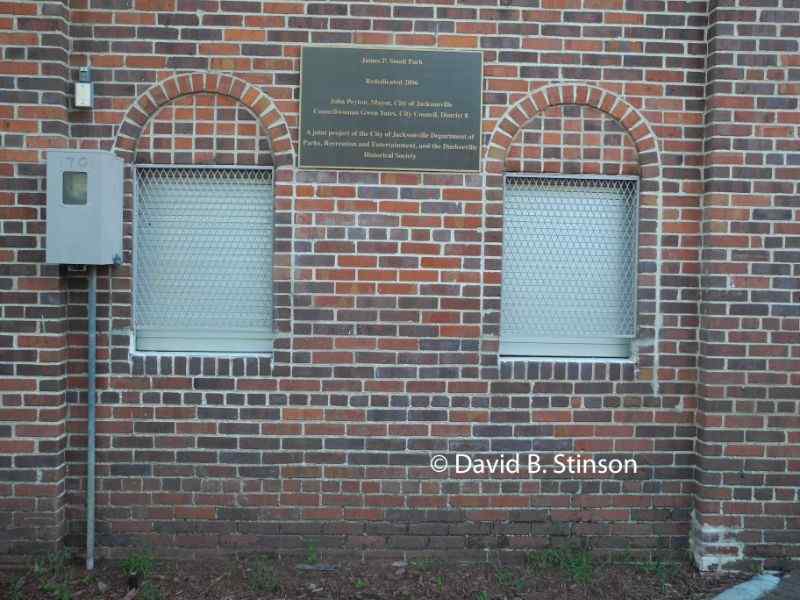
J.P. Small Park also includes a Negro League Museum with information about the ballpark and the teams that played there.
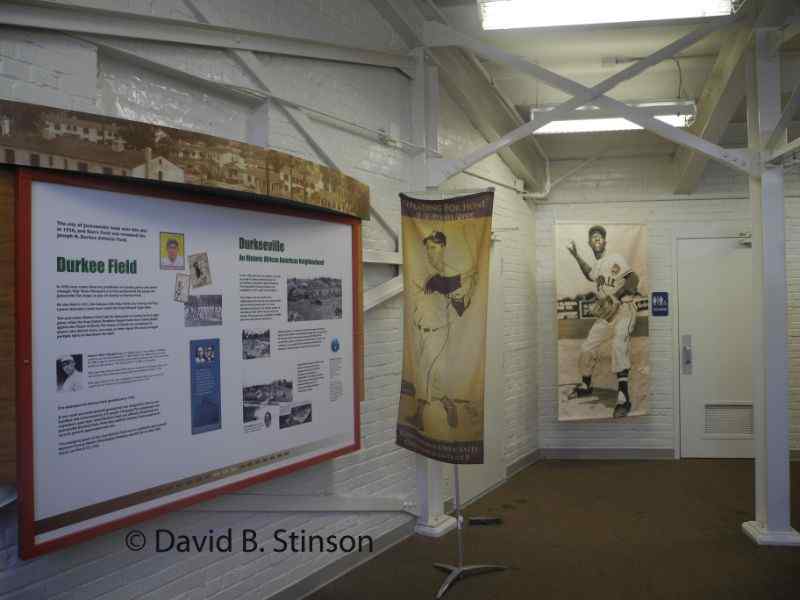
The museum also honors J.P. Small and his many years working with the youth of Jacksonville.
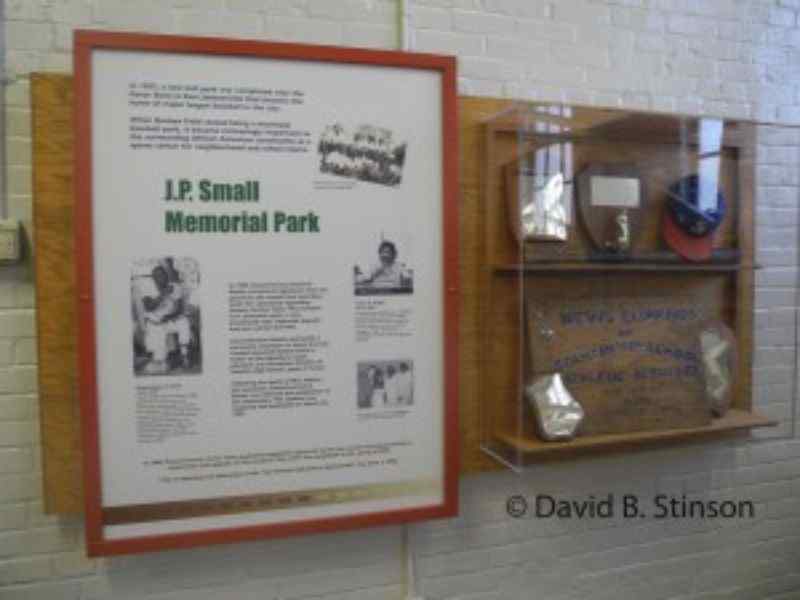
Installed in 2006, outside the ballpark is a statue of Buck O’Neil, honoring the historical significance of J.P. Small Park to the history of Negro League baseball.
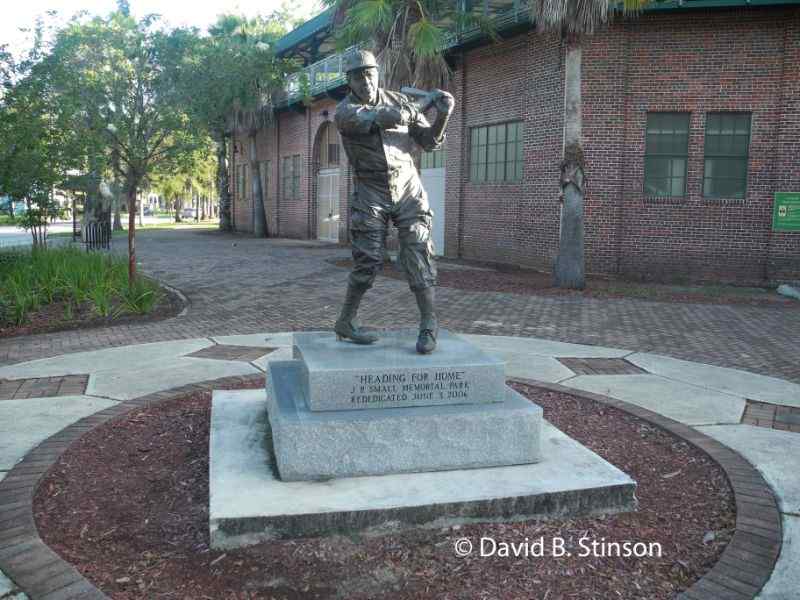
J.P. Small Park is currently the home of the Stanton College Preparatory School baseball team. The caretaker of the park, a wonderful man named Russell, was kind enough to give us a tour of the entire ballpark on our visit.
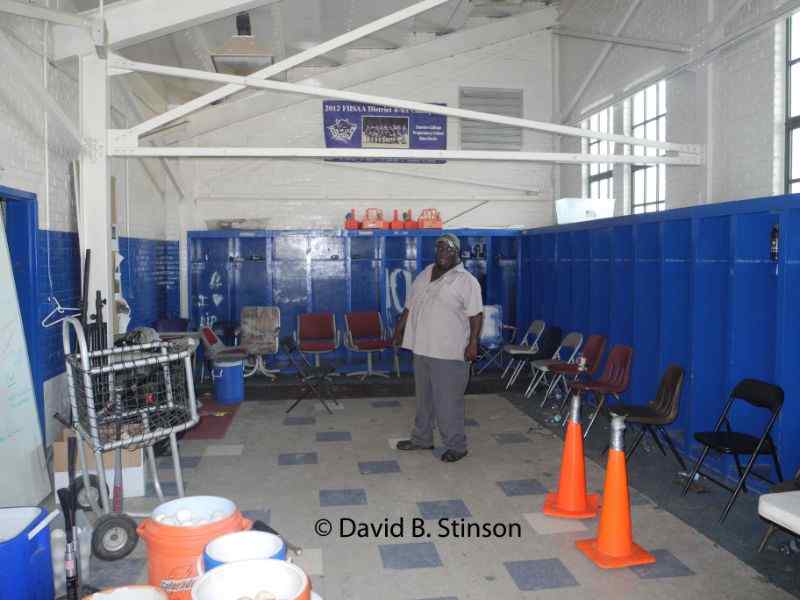
J.P. Small Park is a baseball time capsule. Its rich history and its beautiful preservation make it a must-see for anyone who appreciates old ballparks. For more information about the history of the park be sure to read the National Register of Historic Places Application issued by the National Park Service, placing J.P. Smalls Stadium on the Historic Register.
